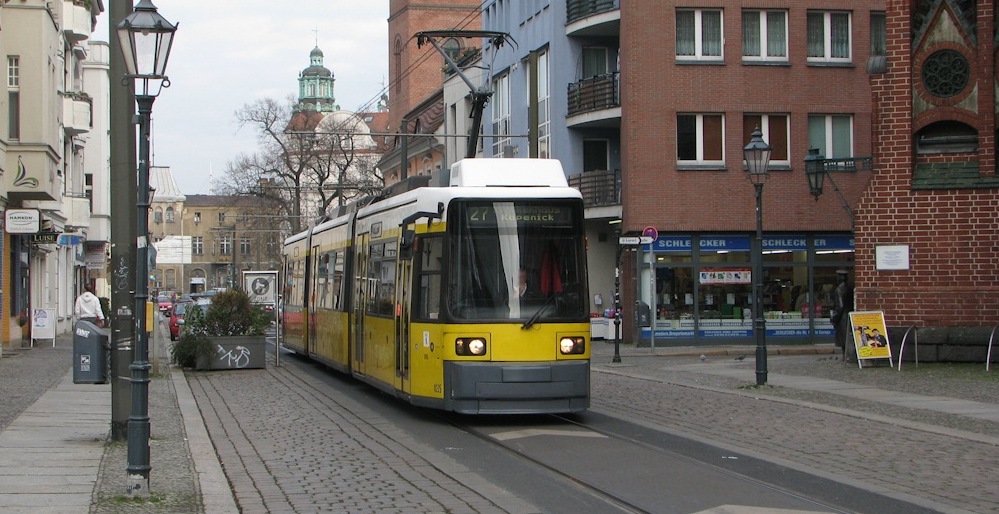
Guest Post by Beau Anthony Jimenez
Introduction
In the film and sound world, Walter Murch is a man that needs no introduction.
But for the few who need a brief idea of this Renaissance man: Walter Murch is a pioneer of the film-sound world. His way of thinking about sound for film has been revered for decades. His body of work is legendary, both as a sound editor and picture editor.
As one studies his work, you may find that Murch utilizes the sound of trains in moments where he wants the audience to reside in the character’s perspective. These moments are essentially a sound designer’s playground, capable of delving into non-diegetic sound design and an abstract mix.
Sound Analysis
Firstly, let’s delve into an analysis of what kind of sounds a train can produce as well as why they are so fascinating as a tool for sound designers.
The following video clip is a visual spectrograph & waveform view of raw stereo sfx I recorded in Berlin, Germany.
Notice the broad range of energy happening during the train breaking (0:02-0:05 sec) and cool little metallic sound moments as it comes to a stop. Sound designers love trains because of their richness across all frequencies. The low, mid, and high content have such a lush, intriguing character, as demo’d below.
The first sound is an S-Bahn train breaking (0:00-0:20) The second sound is a Double-end GT6N-ZR.2 tram speeding up on a turn (0:20-0:35)

Murch’s Use of Trains in Film
Sound designing trains is wonderful tool as a tension builder, an environment enhancer, and much, much more… Trains are something some people hear every day. To these people, the train ambiance blends in with their daily routine and becomes a white noise of sorts.
Using it in a film for tension is clever because it bypasses us noticing it, and translates straight to our feelings. It works on a subconscious level of our brain.
The screaming screeches may make an audience uncomfortable or uneasy. It may also push the threshold of pain in regards to loudness, causing a sense of fear and turmoil from its looming close presence. But, ultimately, what matters is the character on-screen and what he/she is feeling or thinking, and the audience’s connection with that.
The following examples showcase Murch’s use of trains to evoke character perspective, tension building, and rooting a sonic narrative theme.
Note: I’ve overlaid text on the videos giving thoughts on the narrative purpose of the sound.
The two examples below demonstrate Murch’s use of trains act as an ambience/ environment sound, but is subconsciously meant to invite you in the character’s head and increase the tension of the narrative.
The example in the Godfather is a famous example of early sound design. In a BBC interview, Murch said that the alluding train was meant to be “the song that Michael’s neurons are playing before he pulls the trigger”.
The example in Coppola’s the Conversation is an interesting one.
It showcases Murch’s use of trains to give life to an environment as well as to embed a recurring theme in the audience’s subconscious. A powerful tool at the tips of every sound designer.
Conclusion
These examples are sonic ideas that have had a profound and lasting impact on cinema. They demonstrate expertly done sound design choices made at the dawn of the term ‘sound design’… Ideas dreamed up in a simple but fantastic and effective manner by one of film-sound’s all-time greatest.
“…I love the sound of a train. If you think of it as a musical instrument, it’s a very complex, interesting sound.”
Cited From: Sound Doctrine: An Interview with Walter Murch, Michael Jarrett, 1999
hello, i’d like to see these videos but i can’t, it says that i have no permission eventhough
i log in to my vimeo account.
how can i watch these videos?
thank you.